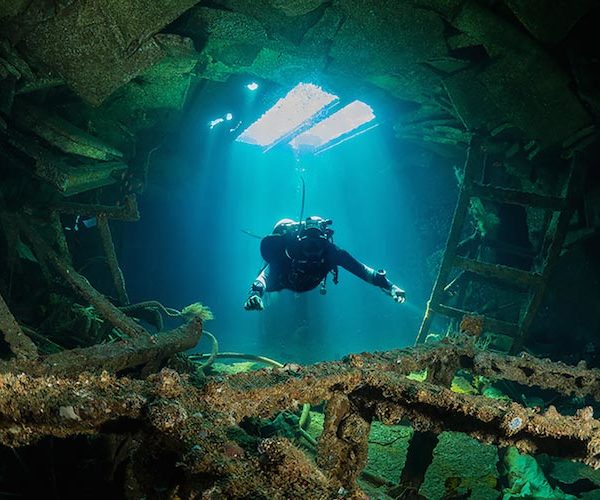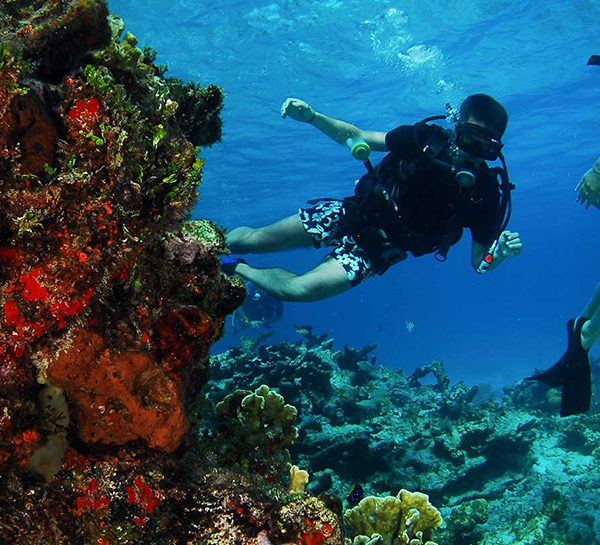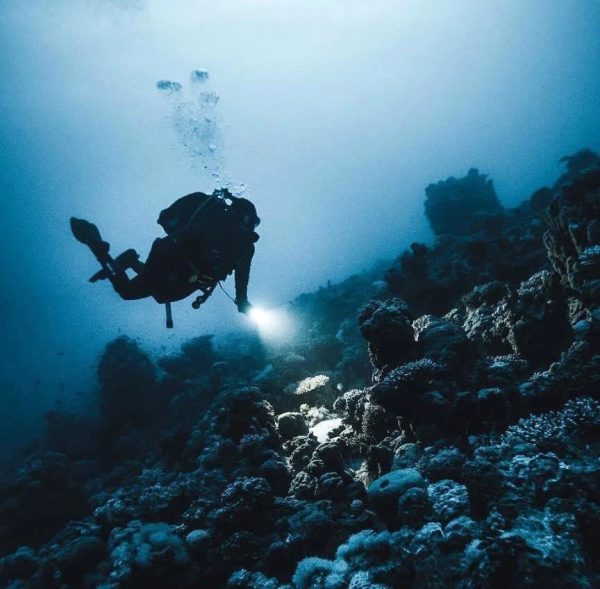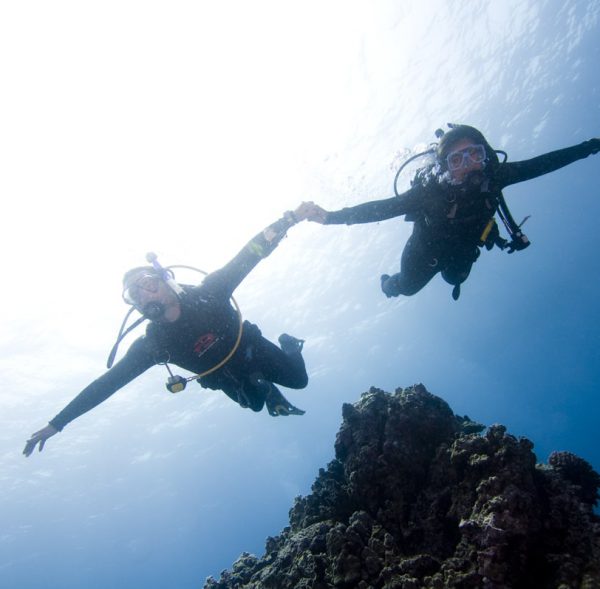Scuba Diving with Enriched Air Nitrox gives you more no decompression time, especially no repetitive Scuba Divers. Enriched Air, also known as Nitrox is a form of breathing gas that allows divers to extend bottom and reduce nitrogen loading. It is PADI’s most popular specialty course. PADI Enriched Air diver can be completed in as little as an afternoon. After completing your theory you’ll apply the knowledge you’ve learned by practicing enriched air with your PADI Instructor. You also have the option of completing two Open Water Enriched air dives.

You will learn how to set your computer with Nitrox and test your tank before going to dive. This certification counts towards the PADI Master Scuba Diver rating. Have you ever wondered about those yellow-green labeled tanks on divers backs while on the dive boat, but never got the chance to chat with them or your dive instructor about the difference between air and enriched air, the benefits of diving with Nitrox, and how to obtain your license? Or do you simply want to add a new PADI card to your collection? It’s much easier than you may think. The air that we breathe on the surface and the air from a scuba tank have the same mixture gases, 21% oxygen and 79% nitrogen, minus some traces of other gases, In other words, Nitrox 21%. If the nitrogen-oxygen gas mixture has a higher oxygen concentration than those 21%, it’s referred to as enriched air.
The most common mixture is Nitrox 32% containing 32% oxygen and 68% nitrogen. Tanks that are filled with enriched air are usually clearly marked with a tank band and or sticker, stating the mix percentage.
There’re five benefits of diving with Nitrox:
- Safety means less nitrogen in your body lowers the chance of decompression sickness (DCS), improving your overall dive safety. Absorbed nitrogen is the main cause of this disorder in which nitrogen dissolved in the blood and tissues by high pressure forms bubbles as pressure decreases. Symptoms can include fatigue and pain in muscles and joints.
- Extended bottom time its mean recreational Nitrox which may contain anything between 21% &40% of oxygen, has a lower percentage of nitrogen than air. This allows dives to extend their no-decompression limits/ dive time by reducing the amount of nitrogen that is absorbed. The less nitrogen there is in a diver’s breathing gas, the lower his nitrogen absorption will be at a given depth. For example, on a deep wreck dive at the Salem Express: IF you dive on air, your maximum bottom time on the wreck located at 24m/ 78ft will be around 29 minutes. Diving with Nitrox enables you to remain for about 42 minutes at the same depth, keeping in mind your air-consumption.
- Shorter surface intervals its mean a Nitrox diver absorbs less nitrogen for a given depth and dive time than a diver who uses air. This means that diver has less nitrogen to off-gas during a required surface interval, which can drastically shorten it.

- Longer repetitive dive times. If a diver engages in more than one dive per day, nitrox becomes particularly useful. The diver will have a longer allowable bottom time on a repetitive dive than a diver using air, as he has absorbed less nitrogen.
- Reduced exhaustion means many divers report a significant difference in alertness after a dive with Nitrox. They claim to be less exhausted than after a comfortable dive on air, which may be cause by the lower absorption of nitrogen. If you’re PADI (junior) Open Water or equivalent who is at least 12 years old, you can enroll in the Nitrox Specialty Diver Course.






